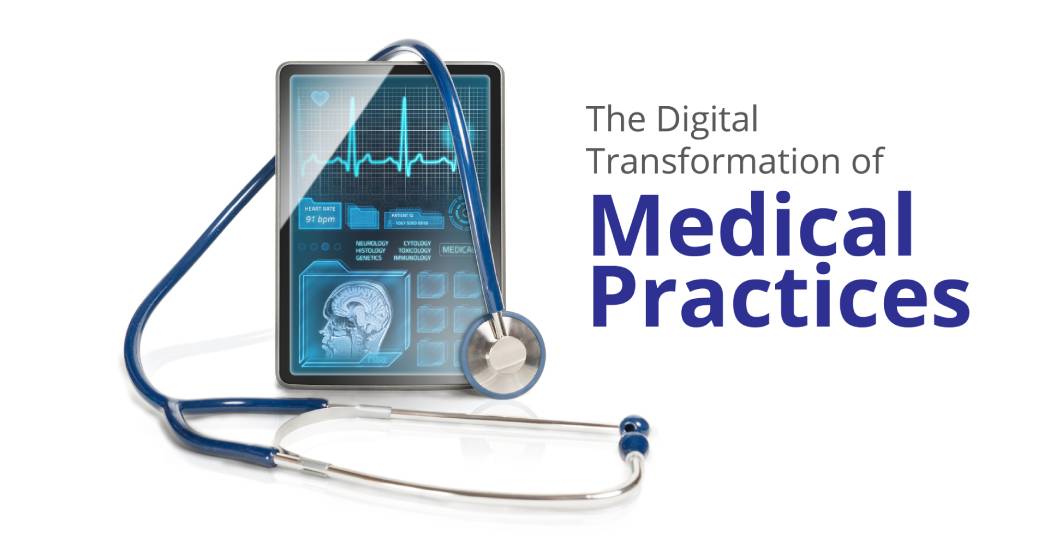Digital transformation is bandied about too easily these days. But for the true digital transformation of medical practice to occur, it is not just the technological challenges one needs to consider, but also other aspects. It is the need of the hour but to do it correctly without posing dangers to patients or providers. To do this, one needs to consider various dimensions and repercussions. We saw this with the implementation of Electronic Medical Records across the country in the last decade. The following points are the areas digital transformation SHOULD include:
- Vision: A transformative vision and culture, a massive purpose, if you will, is necessary to galvanize the organization into starting to look forward; to create a leadership buy-in along with, possibly, the creation of the office of and clear mandate for a Chief Transformation Officer (Project Management Officer, Chief Information Officer, and Chief Technological Officer in one) who would help lead the change.
- Operational: Optimization of resources and improved efficiency to reduce repetition, increase accuracy and provide for the freeing up of provider and staff time for patient engagement and care utilizing Robotic Process Automation, Natural Language Processing, Natural Language Generation, etc. The formation of strategic partnerships or joint ventures may add or improve available resources.
- Technological: A Universal Health Care (UHC) platform which integrates payer, provider, and patient, removes silos, and ensures data movement through modules that are fully integrated and dynamic. Many new technologies are available today such as Artificial Intelligence, Augmented and Extended Reality, Blockchain, Quantum Computing, 5G, IoT, Convergence of Biology and Digital, etc. but to use them to enhance the end-use is the key.
- Population Management: Using Standards and certifications such as NCQA for quality, Patient-Centered Medical Home, Utilization Management, compliance, ODAG and Appeals and Grievances and prevention of Fraud and Abuse are among the few that immediately come to mind.
- Education: With a multi-media approach that is integrated with the UHC platform, and is customer-driven, using modalities such as written word, audio, visual, podcasts, webinars, gamification, etc. for patients, providers, and staff.
- Regulatory: Compliance, governance, and risk to be integrated with every process to ensure patient safety and adherence to regulations and law such as Anti-kickback, Stark Law, HIPAA, OSHA, and all state and local statutes is essential.
- Financials: Increased savings by 20-50% with resource optimization, accuracy, Revenue Cycle Management, recoveries, security, elimination of waste, de-risking what can be minimized, etc.
- Innovation and Creativity: By creating an environment that fosters and enhances talent and the full potential of each employee and creating disruptive solutions is the goal.
- Marketing and Outreach: By creating engagement with patients even at home or while they are traveling, a better review of data and population trends and individual preferences, practices can be grown, and retention increased.
- Credentialing and Provider Community: Learning and engagement among providers can be enhanced while improving their time management and eventually creating a Physician Information Exchange within the practice/s should be a requirement.
- Clinical: Until the digital transformation impacts the daily life and routine of the patient and provider, it will not succeed. It needs to improve engagement, ensure the safety of patients, save physicians time, and create ease of function.
New Technology will transform health care but that will not be sufficient. We also need a vision and transformative leadership that is engaged to improve the endpoint: the patient’s health and healing outcomes.


